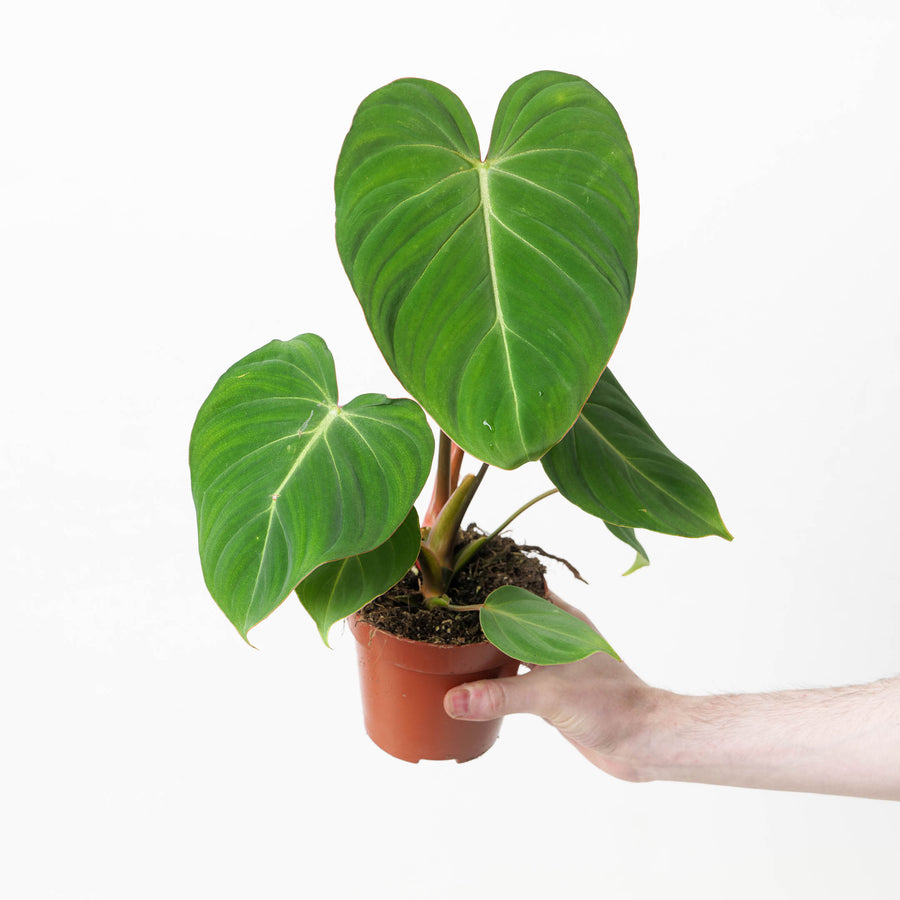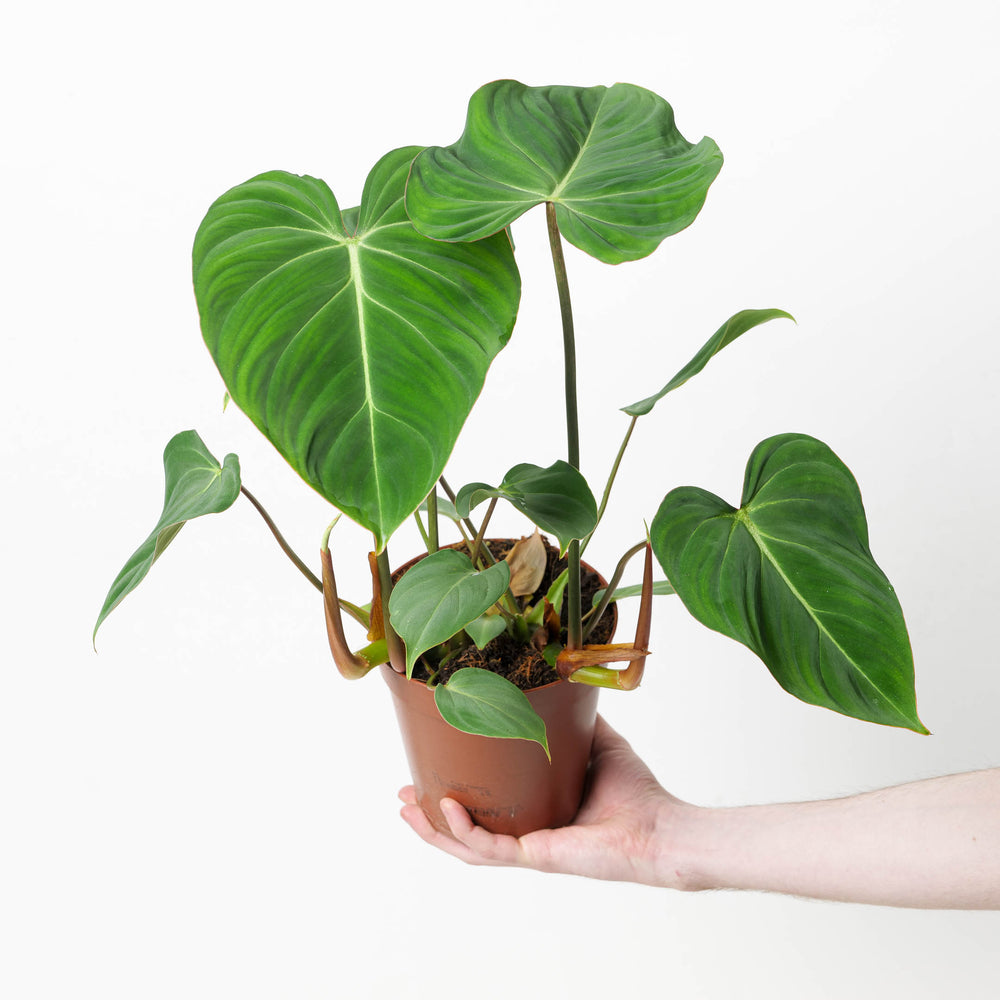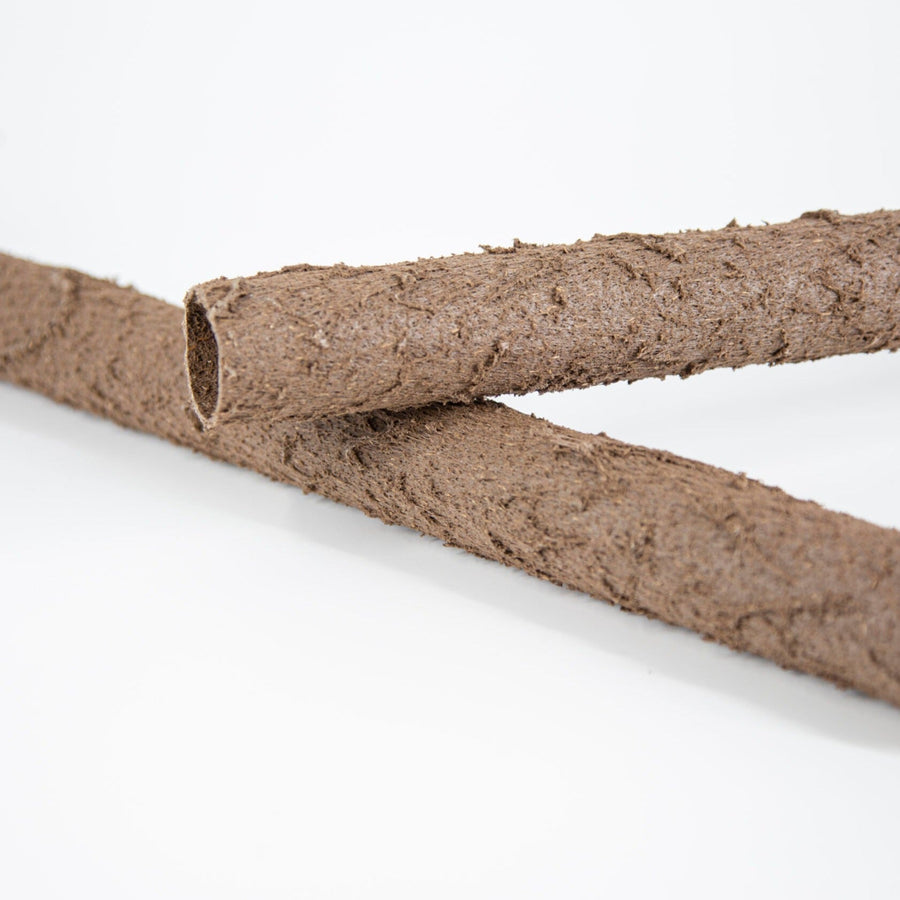Plant Care 101: How to Care for Aglaonema
Introduction
Aglaonema belong to the Araceae family and are loved by many houseplant collectors all over the world. Also known as Chinese Evergreen, they're a popular houseplant species loved for its versatile foliage and easy-care nature.
In this detailed guide, we’ll cover everything from lighting and humidity needs to watering schedules and soil types. Plus, we’ll help you identify and address common issues that may arise with your Aglaonema.
💡 Did you know
Aglaonema plants, while often seen as compact houseplants, have the potential to grow up to 1 metre (3 feet) tall in the right conditions! With proper care, including adequate lighting, humidity, and regular repotting, these plants can become an amazingly tall focal point in your home.
What Lighting Do Aglaonema Prefer?
Aglaonema plants thrive in low to medium indirect light, making them perfect for spots in your home that don’t receive a lot of sunlight. Unlike many houseplants, Aglaonema can tolerate lower light conditions, but they do best in bright, indirect light.
Direct sunlight can scorch their leaves, so it’s best to avoid placing them in windows with intense sunlight. If your plant’s leaves start to lose their vibrant colour, it may be a sign that it’s not getting enough light.
💡 Remember, leggy growth or lack of vibrancy could mean a lack of sufficient lighting.

How Often Should I Water My Aglaonema?
Watering your Aglaonema properly is key to keeping it healthy. These plants prefer their soil to be kept lightly moist, but they don’t like to sit in water. It’s best to water when the top inch of soil feels dry to the touch. Overwatering can lead to root rot, a common issue for Aglaonema, so be sure to empty the saucer after watering.
During the winter months, you can reduce the frequency of watering, as the plant’s growth slows down and it requires less moisture.
When Should I Repot My Aglaonema?
Repotting is an important part of plant care, as it gives your Aglaonema room to grow and ensures the soil remains fresh and nutrient-rich. Generally, you should repot your Aglaonema every 1-2 years or when you notice the roots starting to grow out of the drainage holes. When repotting, choose a pot that is 1-2 inches larger in diameter than the current one.
Selecting the right potting mix is crucial for the health of your Aglaonema. A well-draining, aerated potting mix works best. We recommend using our Jungle Mix, which is specifically designed to support healthy root development of Aroids and prevent issues like root rot. The mix should include components like peat, perlite, and pine bark to ensure adequate drainage while retaining enough moisture.
Common issues when growing Aglaonema houseplants
Even though Aglaonema is relatively easy to care for, it can still face some common issues. Understanding the signs and knowing how to address them can help keep your plant healthy and thriving. Here’s how to identify and solve them:
Mushy Brown Leaves
Mushy or browning leaves are a common problem for Aglaonema and can indicate several potential issues, with overwatering being the most frequent culprit. When the plant receives too much water, the roots can become waterlogged and suffocate, leading to poor nutrient absorption and yellowing leaves. To prevent this, ensure that your Aglaonema is potted in well-draining soil and a container with drainage holes. It’s also essential to allow the top inch of soil to dry out before watering again. Another possible cause could be poor drainage, so consider switching to a potting mix that includes perlite or sand to enhance drainage. Occasionally, yellowing can also result from nutrient deficiencies or insufficient light, so check that your plant is receiving the right balance of care.
Leggy Growth
If your Aglaonema begins to develop long, spindly stems with sparse leaves, it is likely suffering from insufficient light. While Aglaonema can tolerate low-light conditions, prolonged periods in dim light can cause it to stretch out in search of more light, resulting in a leggy appearance. To remedy this, move your plant to a brighter location where it can receive indirect but steady light. Avoid direct sunlight, which can scorch the leaves. If natural light is limited, consider using a grow light to provide the necessary illumination. Regularly rotating the plant can also help ensure even growth.
Pest Infestations
Although Aglaonema is generally resilient, it can occasionally fall victim to pests like spider mites, mealybugs, or scale insects. These pests can weaken the plant by sucking its sap, leading to yellowing leaves, stunted growth, and in severe cases, plant death.
Regularly inspect your plant, especially the undersides of leaves, for signs of infestation such as small webs, sticky residue, or cotton-like clusters. If you notice any of these signs, it’s crucial to act quickly. Begin by isolating the affected plant to prevent the pests from spreading to others. You can remove minor infestations by wiping the leaves with a damp cloth or a cotton swab dipped in rubbing alcohol. For more significant infestations, treat your plant with insecticidal soap or neem oil, applying it thoroughly to all surfaces of the plant. Repeat treatment as needed, and keep your plant in optimal conditions to support its recovery.
Drooping Leaves
Drooping leaves can be alarming, but they’re often a signal that your Aglaonema needs more water. When the soil dries out too much, the plant’s leaves can start to droop as a way of conserving water. Check the soil moisture, and if it feels dry an inch below the surface, give your plant a thorough watering, allowing excess water to drain away. However, be mindful not to overwater, as this can lead to root rot. In some cases, drooping leaves can also occur if the plant is exposed to cold drafts or sudden temperature changes, so ensure your Aglaonema is kept in a stable, warm environment.
Trending Aglaonema at GrowTropicals
Looking to expand your Aglaonema collection? Check out the latest trending varieties at GrowTropicals.
Need More Help with Your Aglaonema & Houseplants?
Caring for Aglaonema can be a rewarding experience, adding beauty and elegance to any houseplant collection. If you have specific questions or need further assistance, feel free to reach out to us via email at hello@growtropicals.com. Our plant experts are always here to help you ensure your Aglaonema thrives.
Shop our full collection of Aglaonema and plant care products today.







